"Do" and "does" sentence examples are a great way to begin learning about the verb "to do." Some forms of "do," including "does," are examples of helping verbs in English. These kinds of verbs extend the meaning of the main verb in a sentence. Before you compare "do" and "does," it helps to understand verb tenses. It is also common to use do, does and did as auxiliary verbs together with another verb in its base form. This is used to create negative sentences, questions, or for adding emphasis. The verb "to do" can be used either as a main verb or an auxiliary verb.
We are going to look at how to use the auxiliary verb "do" correctly in questions and negations in the present simple. However, there are also quite a few verbs in English that do not follow this pattern at all. Irregular verbs do not follow a set pattern and have unpredictable forms. Three examples of irregular verbs are 'to be,' 'to do,' and 'to have.' In this lesson, we'll look at the different forms these verbs take when used as the main verb in a sentence.
The past participle is used for the perfect tenses. In regular verbs, it's the same as the simple past tense, so there's nothing extra to learn. However, irregular verbs often use unique past participles, so you may have to memorize their forms. As you can see, the auxiliary verb "to be" helps us to understand if something is in the passive voice or if it is a progressive/continuous verb tense. We use different auxiliary verbs to help main verbs and give them more meaning. For example, we can use "do" to help us understand that a sentence is a question or a negative.
In this example, "Have" is the auxiliary verb and "been" is the main verb. It is important to understand that the auxiliary verb doesn't mean anything but helps the verb "to be". Have shows that this is the present perfect tense. The opposite of a transitive verb is an intransitive verb. A verb is an intransitive verb if it is not used with a direct object. Remember, only nouns, pronouns, and noun phrases can be direct objects.
Prepositional phrases, adjectives, and adverbs cannot be used as direct objects. Once again, both action and stative verbs can be used as intransitive verbs. Auxiliary verbs, or "helping verbs," are used in English to change another verb's tense, voice, or mood. When auxiliary verbs are used, there's always a main verb that represents the main action.
However, the auxiliary verb must still be conjugated correctly. Do is one of the most common auxiliary verbs in English and it can be difficult for students because you often do not use this in your own language. We use do/does to make a question or a negative except with be, will and modal verbs. Well everyone, we hope that today's post has clearly explained how to use the verb "to do" as an auxiliary verb as well as how to use it in negative sentences. Helping verbs, also called auxiliary verbs, are helpful verbs that work with other verbs to change the meaning of a sentence. A helping verb combines with a main verb in order to accomplish different goals.
These include changing the tense of the verb or altering the mood of a sentence. When we write sentences or clauses, we need to include a verb. A verb is a word that we use to refer to actions and states of being . For example, the words describe, eat, and rotate are verbs. As you are about to see, verbs come in a lot of different types that don't all behave the same way. When using proper grammar, it is important that you use verbs correctly.
So, we are going to explore the many different types of verbs that we use and how to successfully use them to create great, clear sentences. Auxiliary verbs are also called helping verbs. An auxiliary verb extends the main verb by helping to show time, tense, and possibility. The auxiliary verbs are – be verbs, have, and do.
Do as an auxiliary verb is used to form thenegativeand interrogative sentences of other verbs. It is also used in an affirmative sentence to give emphasis. In its negative form (don't), it can function as negative imperative but only in the present tense.
They do not learn the present participle and 3rd person singular present simple for regular or irregular verbs for another very simple reason - they never change. Our last type of verb isn't actually a verb at all—sorry about that! However, infinitives look a lot like verbs because they are derived from them. An infinitive of a verb is identical to the base form of the verb.
For example, the infinitive form of the verb open is open. Typically, we use infinitives with the word to in order to form infinitive phrases. Infinitive phrases can be used for a variety of reasons, such as to act like nouns, adjectives, or adverbs.
Auxiliary use - You can only use modal verbs as auxiliary verbs, in order to modify the meaning of the main verb. The auxiliary verb do is used to make questions and negative sentences in the simple present tense. Future perfect continuous tense functions just like the future perfect tense, except with an ongoing action. The major difference is that with the future perfect tense, the event will have ended, but with the future perfect continuous, the event would still be happening by that time in the future. Both, however, are frequently used with expressions of time. The past of the "To Do" verb is the word "did".
It is used for all the different subjects, so it's very easy to use. It is used mostly to make questions, negative and affirmative sentences in the simple past of "To Do", and to form some other complex past tenses. They do not work as verbs in the sentence rather they work as nouns, adjectives, adverbs, etc. Non-finite verbs do not change according to the number/person of the subject because these verbs, also called verbals, do not have any direct relation to the subject. Do can be used as main verb and as auxiliary verb.
Do as an auxiliary verb is used to form the negative and interrogative sentences of other verbs, as well as for emphasis and negative imperatives. Shouldmustought tosemi-modal verbsneeddareused to We use the word "form" to mean the "shape" or "writing" of the actual verb itself. We use the different verb forms to make the tenses and other verb structures, but they are not the same thing.
We can use modal verbs with adverbs of frequency. For example, we can use the auxiliary verbs can, should and might, which express ability , obligation , and possibility . The phrases do so and do what for questions are pro-verb forms in English.
They can be used as substitutes for verbs in x-bar theory grammar to test verb phrase completeness. Bare infinitives forms often are used in place of the missing pro-verb forms. Below, we explain how to conjugate each of the main tenses in the present, past, and future. Keep in mind that irregular verbs may use different forms.
The past participle of "To Do" is the word "done", which is used mainly to form the perfect tense of a sentence, and also the passive tenses, to express a completed action. It can also be used as an adjective when someone wants to express that something that has come to an end. Sometimes we use these verbs as main verbs and auxiliary verbs which can seem confusing but if you understand how they work as auxiliaries then you should understand. So creating past participle from regular verbs is quite easy.
Unfortunately there are also irregular verbs in English which don't follow a fixed pattern. The best way to do this is to learn them gradually as part of a structured course. This is how students at Wall Street English learn regular and irregular verbs, and it's more practical and fun than trying to memorize a long list. Auxiliary verbs are verbs that add functional meaning to other "main" or "full" verbs in a clause.
They are used to create different tenses or aspects, to form negatives and interrogatives, or to add emphasis to a sentence. However, they do not have semantic meaning unto themselves. We use modal helping verbs to change the "mood" of the main verb. As you see, modal verbs have only one form each.
A transitive verb is a verb that is accompanied by a direct object in a sentence. The direct object is the noun, pronoun, or noun phrase that is having something done to it by the subject of the sentence. Both action and stative verbs can have direct objects, which means they can both be used as transitive verbs. The verb forms of be, do, and have can be used either as a main verb or an auxiliary verb. The following examples show these verbs used as auxiliary verbs.
Regular verbs are verbs that follow a pattern, such as adding '-ed' to form the past tense. Irregular verbs are verbs that do not follow a pattern. As irregular verbs have multiple forms and do not follow a pattern, they simply have to be memorized. 'To be,' to do,' and 'to have' are three examples of irregular verbs.
In the past tense Didn't is used to make a negative sentence for all subjects (I / you / we / they / he / she / it). This is for regular AND irregular verbs in English. Simple present tense is used for actions that happen regularly or things that don't change, such as preferences or opinions. It's made with the root form, unless the subject is third-person singular , in which case you use the third-person singular present form. Are irregular verbs, so you have to pay close attention to using their right forms even when they're not the main verb.
What Is Verb To Do In English But first, you'll want to learn the standard verb forms of the majority regular verbs below. We must choose carefully among these various forms when selecting the proper verb to go with our subject. Singular subjects require singular verbs; plural subjects require plural verbs. We wouldn't write "The troops was moving to the border." But some sentences require closer attention.
Linking verbs work as main verbs in the sentence, but auxiliary verbs help main verbs. Despite being used in the past tense or as a past participle, none of these verbs end in -ed, -d, or are a -t variant verb. Unlike action verbs, stative verbs refer to conditions or states of being. Generally speaking, we use stative verbs to describe things like qualities, states of existence, opinions, beliefs, and emotions. When used in a sentence, stative verbs do not refer to actions.
It is important to know that some verbs can be used as either action or stative verbs depending on their meaning in the sentence. We are less likely to use stative verbs in the continuous verb tenses. Before we explain how to conjugate verbs in English, you need to understand the different forms a verb takes. This helps immeasurably when you conjugate on your own—you just need to use the right form at the right time. Keep in mind that these forms work mostly for regular verbs; irregular verbs each have their own special forms.
Be, do and have as main verbs and auxiliary verbs. Some verbs in this list can also be action verbs. To figure out if they are linking verbs, you should try replacing them with forms of the be verbs. If the changed sentence makes sense, that verb is a linking verb. A linking verbadds details about the subject of a sentence. In its simplest form, it connects the subject and the complement — that is, the words that follow the linking verb.
It creates a link between them instead of showing action. Finite verbs are the actual verbs that are called the roots of sentences. It is a form of a verb that is performed by or refers to a subject and uses one of the twelve forms of tense and changes according to the number/person of the subject.
The main Verb that does not take a direct object specified right afterward and rather there is an indirect one mentioned somewhere along the line is called an Intransitive Verb. These verbs often make the corresponding sentences incomplete. In this lesson we look at the forms of main verbs and helping verbs followed by a quiz to check your understanding. One thing to note here is that "did" is used for positive sentences in the past tense and that the main verb is in its base form.
In both of these sentence types, did is an auxiliary verb (or "helping verb") that is followed by a main verb, which carries the real verb meaning. In the various cases seen above that require do-support, the auxiliary verb do makes no apparent contribution to the meaning of the sentence so it is sometimes called a dummy auxiliary. Historically, however, in Middle English, auxiliary do apparently had a meaning contribution, serving as a marker of aspect . In Early Modern English, the semantic value was lost, and the usage of forms with do began to approximate that found today. In the sentences given above, do is used as an auxiliary verb. Do can also be used as the main verb in affirmative clauses.
When do is used as a main verb, it can refer to any kind of activity. The auxiliary DIDN'T shows that the sentence is negative AND in the past tense. One of the more complicated tenses in English, the perfect continuous tense combines the perfect and continuous tenses at the same time.


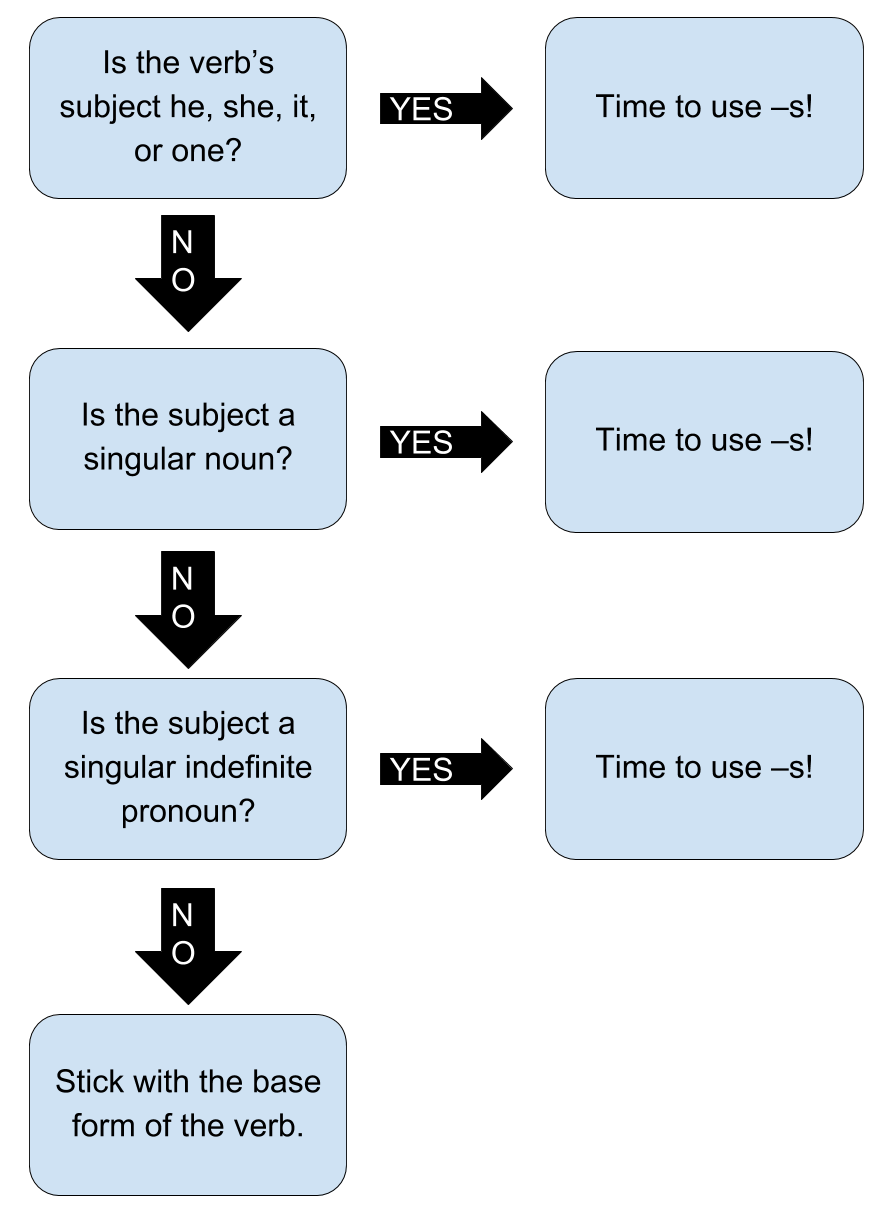


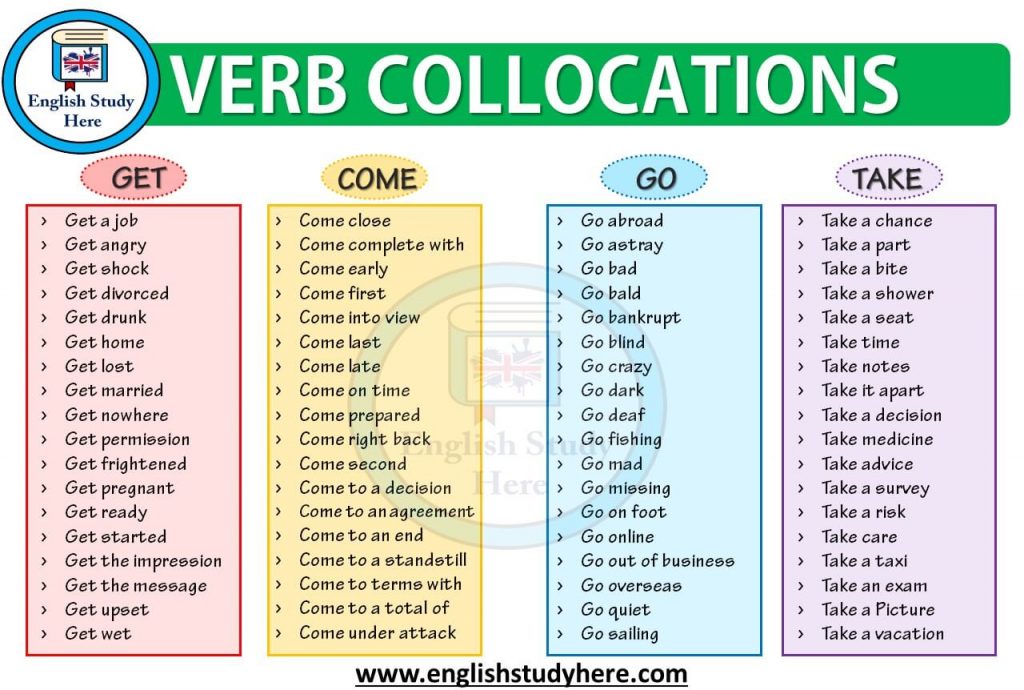


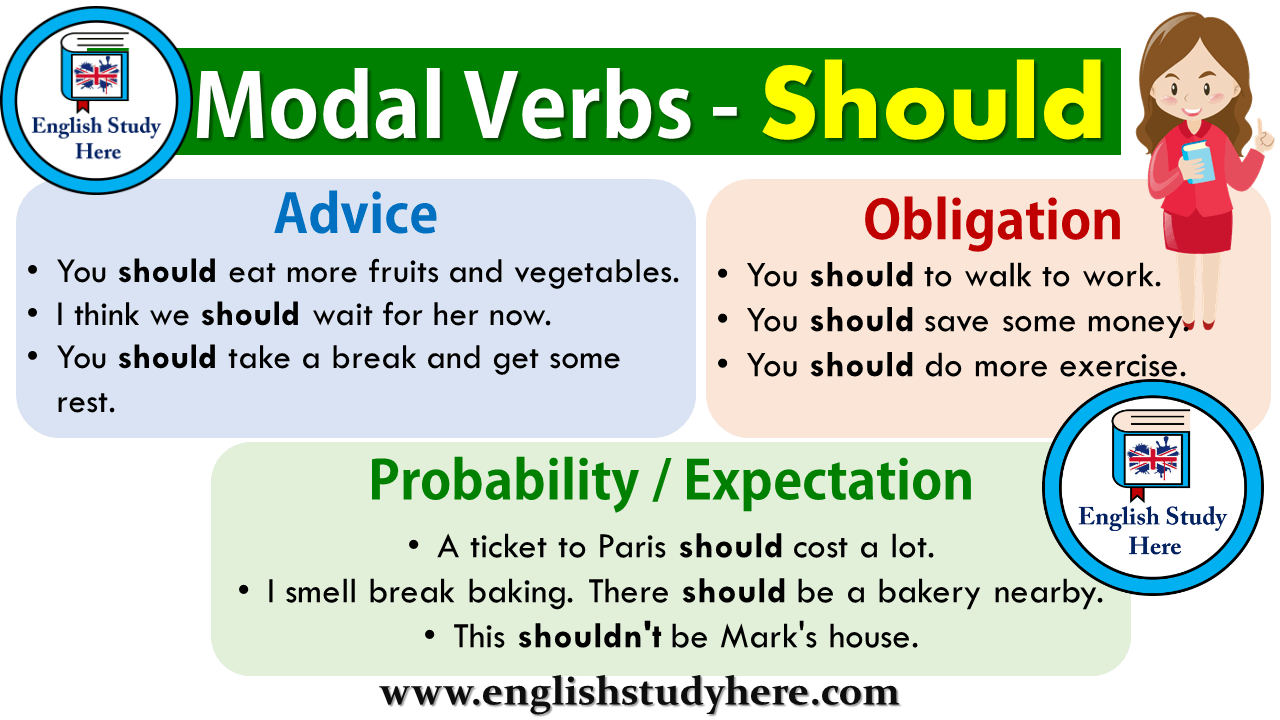



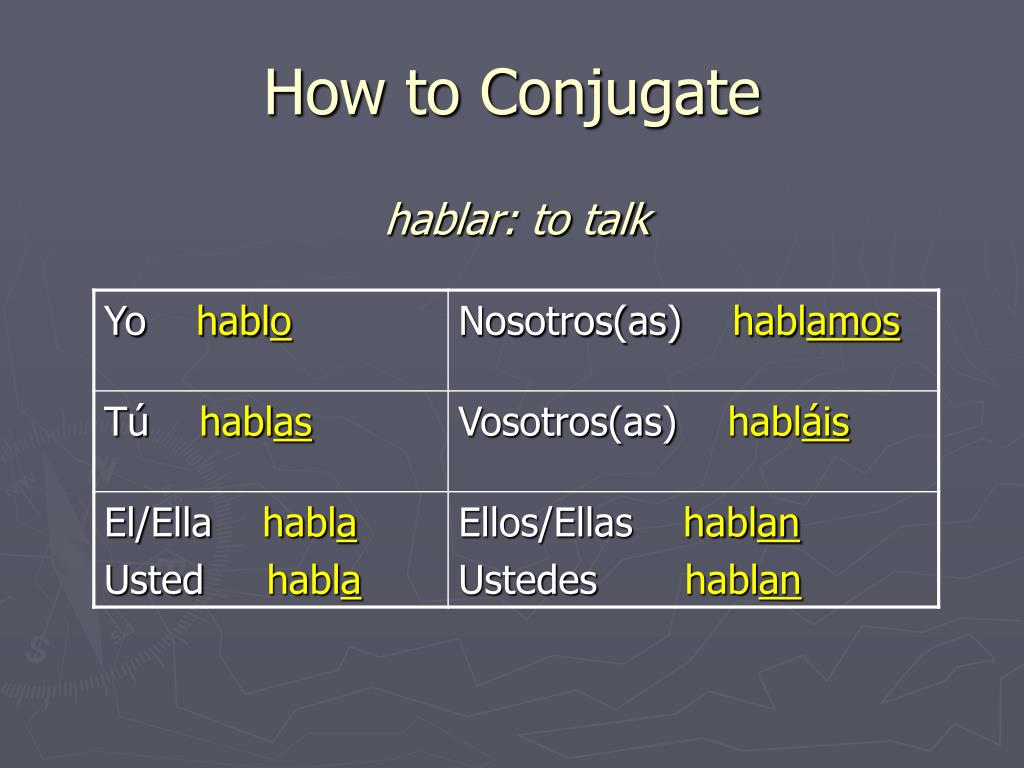







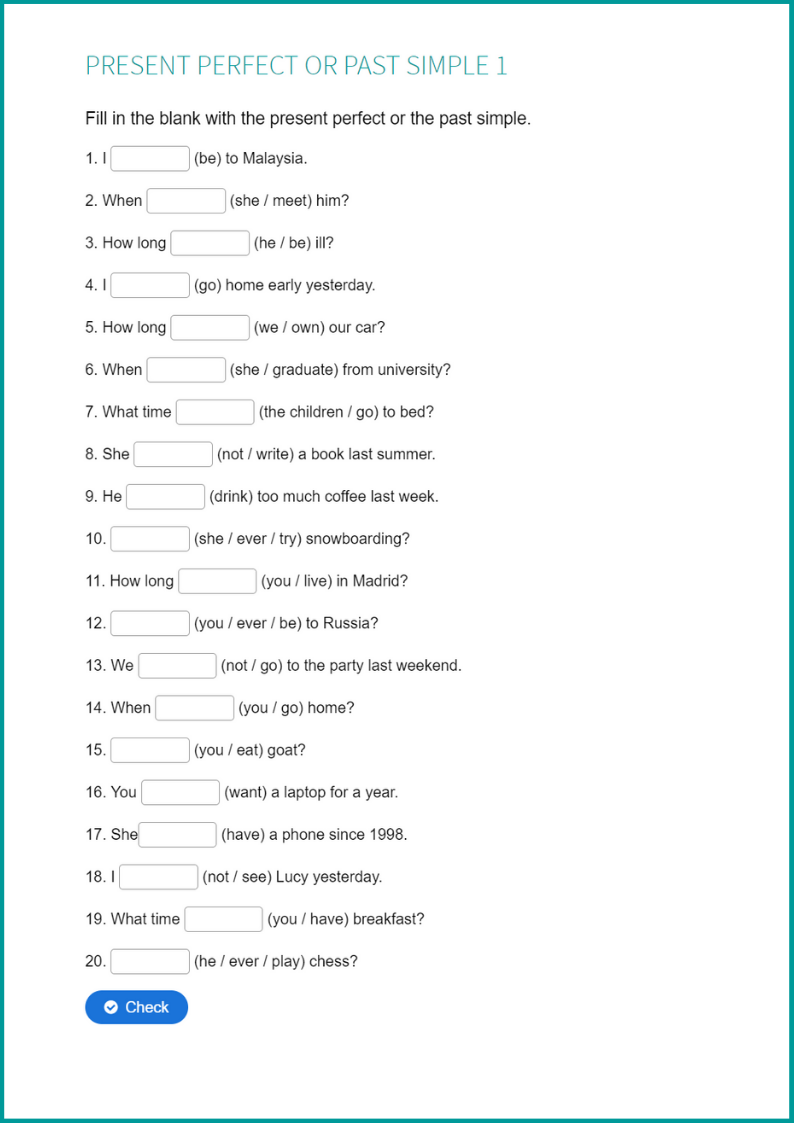


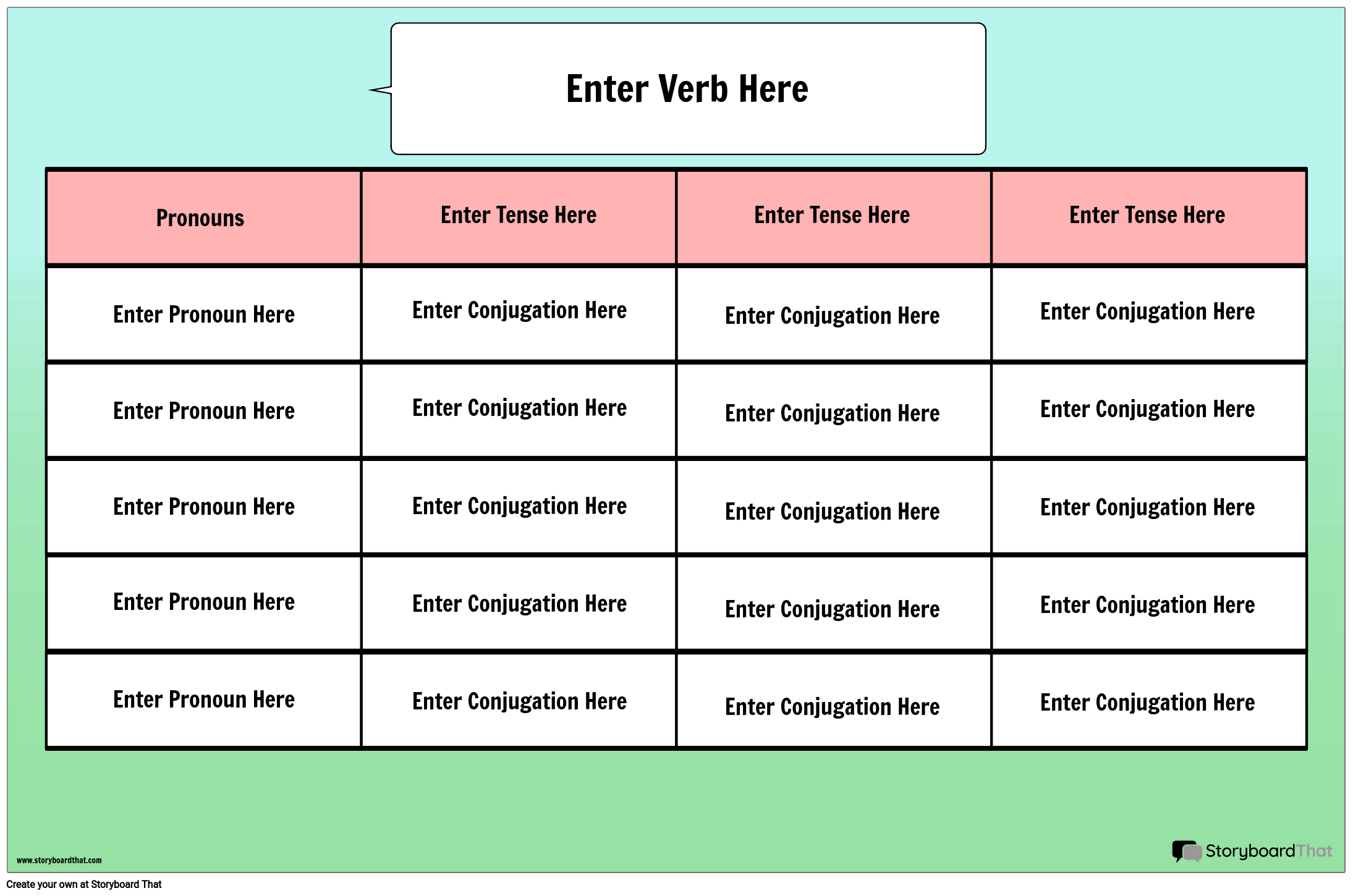



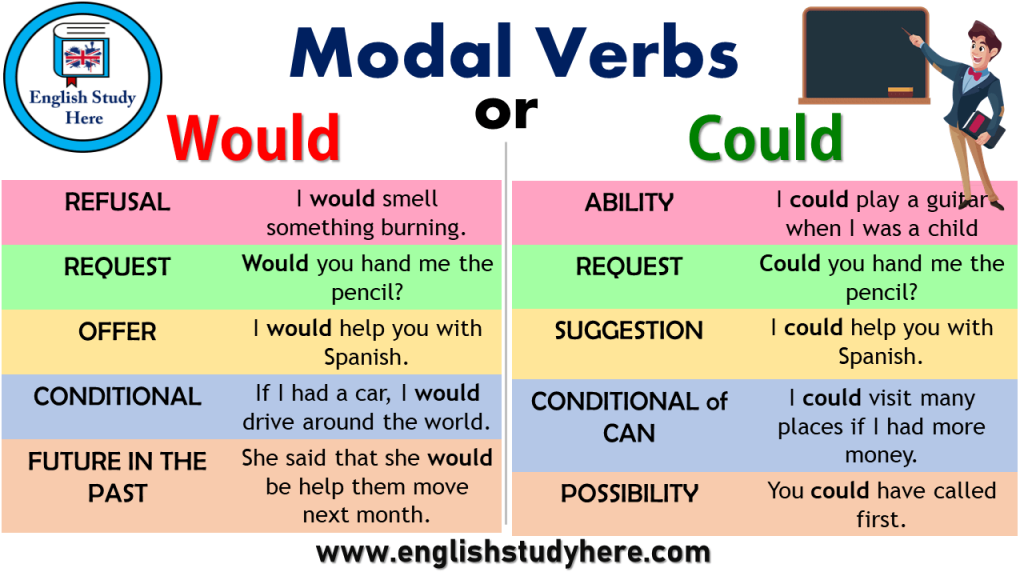

No comments:
Post a Comment
Note: Only a member of this blog may post a comment.